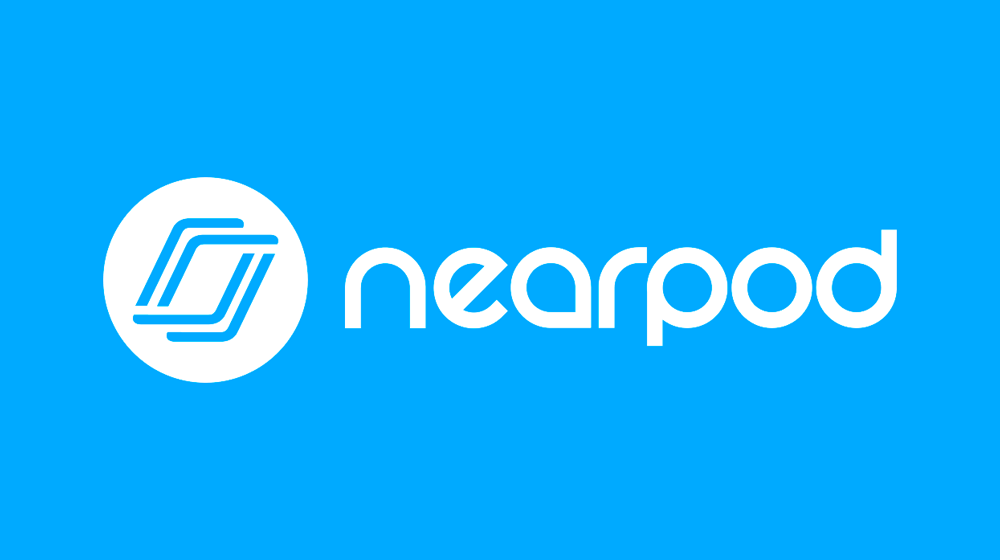Assessing Technology-Based Resources for Differentiation
Assessing Technology-Based Resources for Differentiation
1. Nearpod
 |
| (Image retrieved from https://cdn.nearpod.com/1660334087421/img/new/share-image-homepage.png) |
Nearpod is an online presentation platform that includes interactive learning activities like quizzes, simulations, matching, collaboration boards, and polls. These activities not only engage students because of the variety, but also guide students to take on content in small, step-by-step pieces that support their working memory (Murawski & Scott, 2019). Teachers can create presentations for math, science, ELA, or social studies with embedded videos, audio recordings, attached PDFs and readings, as well as links to other websites to provide a range of support for their students. Creating presentations or uploading PowerPoint presentations to Nearpod is very simple, however the platform has many features available, and some training or guided exploration is required to be able to use the tool to its full advantage. It is a purchased program for schools or districts that has levels of access based on the subscription. There is a content library that has thousands of pre-created, interactive presentations for all grades, subjects, and standards. Teachers can differentiate presentations by allowing gifted students to move ahead on a student-paced format or can lead a whole-group lesson using the teacher-paced format to aid students' executive functioning (Murawski & Scott, 2019).
2. Blooket
| (Image retrieved from https://repository-images.githubusercontent.com/461542321/612215c0-0e51-4c0d-b130-4eb985b90b12) |
Blooket is a digital formative assessment tool with video game-like features that is best used for review of math skills, spelling patterns, or grammar concepts. Teachers can create multiple-choice quiz questions or choose from a library of pre-created quizzes by searching for key words. Various "modes", such as fishing, factory, and racing among many more, are available based on students' interests and preferences to motivate student participation in the academic content (Colquitt et al., 2017). Unlike other online quiz tools like Kahoot, Blooket allows participants to move on to the next question at their own pace and questions are randomized so each student is receiving different questions rather than the same question at the same time. Blooket is very simple and intuitive for both teachers and students. Since it is a free site, not all the pre-created quizzes are accurate and should be previewed by the teacher. It can be used for all subject-areas, grades, or topic whether academic or non-academic for community building or social-emotional learning. Teachers can differentiate instruction by using the competitive nature, vibrant graphics, and timers that mimic the video games students are familiar with to engage visual, high-energy learners (Dabrowski & Marshall, 2019).
3. Book Creator
References
Colquitt, G., Pritchard, T., Johnson, C., & McCollum, S. (2017). Differentiating instruction in physical education: Personalization of learning. JOPERD: The Journal of Physical Education, Recreation & Dance, 88(7), 44-50. https://doi-org.lopes.idm.oclc.org/10.1080/07303084.2017.1340205
Dabrowski, J., & Marshall, T. R. (2019). Choice & relevancy: Autonomy and personalization in assignments help motivate and engage students. Principal, 98(3), 10-13.
Murawski, W. W., & Scott, K. L. (2019). What really works with universal design for learning. SAGE publications.

Comments
Post a Comment